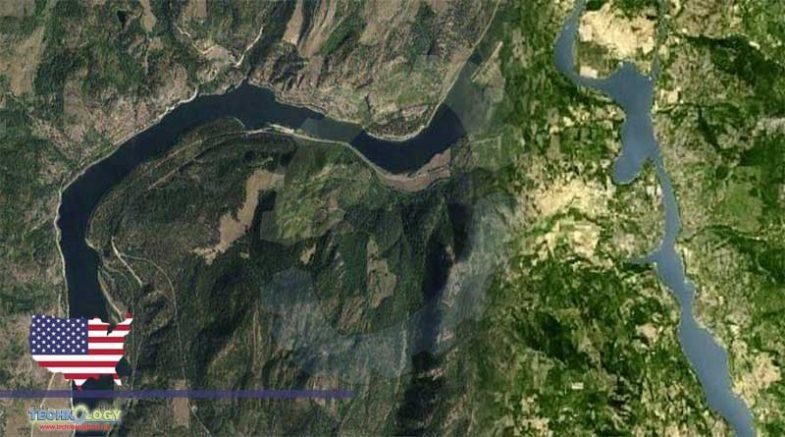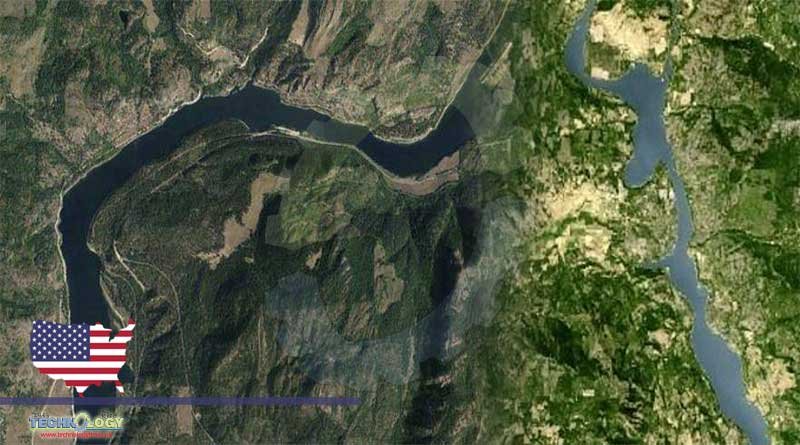A third of U.S. rivers have changed color over the last 36 years, turning from blue to yellow and green, striking new images reveal.

A third of U.S. rivers have significantly changed color over the last 36 years, turning from blue to yellow and green, striking new images reveal.
Researchers analyzed 235,000 satellite images — taken over a 34-year period between 1984 and 2018 — from NASA and the U.S. Geological Survey (USGS) Landsat program. The changing hues can be viewed in an interactive map.
More than half of those satellite images showed rivers with a dominant hue of yellow, while more than a third of images were mostly green. Just 8% of river pics were mostly blue.
“Most of the rivers are changing gradually and not noticeable to the human eye,” lead author John Gardner, a postdoctoral researcher in the global hydrology lab at University of North Carolina, told Live Science. “But areas that are the fastest changing are more likely to be man-made.”
Rivers can appear to be shades of blue, green, yellow or other colors depending on the amount of suspended sediment, algae, pollution or dissolved organic matter in the water. As a general rule, river water turns green as more algae blooms, or when the water carries less sediments. Rivers tend to turn yellow when they carry more sediment.
“Sediment and algae are both important, but too much or too little of either can be disruptive,” Gardner said.
In total, the researchers collected 16 million measurements over the 34-year period on the 67,000 miles (108,000 kilometers) of rivers in the U.S. that are more than 197 feet (60 meters) wide. This allowed them to track significant trends in color change over time.
More than half of the rivers, or 55%, varied in color over time, but with no clear trend over time. A third changed color in that time period, and only 12% had a constant color.
In the North and West, rivers tended to become greener, whereas the eastern regions of the U.S.had a trend toward yellow rivers. Larger waterways, such as the Ohio basin and Upper Mississippi basin, also moved to blue-green.
“Big trends to yellow or green can be worrying,” Gardner said, but added that “it depends on the individual river.”
Just as leaves turn red and gold in fall, rivers can also change color with the seasons, thanks to changes in rainfall, snowmelt and other factors that change a river’s flow.
The satellite images did reveal hotspots where human influences, such as dams, reservoirs, agriculture and urban development, may be changing the color of some rivers.
But these changes aren’t necessarily permanent.
“You could totally see these trends going back in the other direction,” Gardner said, “especially if the change is occurring due to local mismanagement that is easily fixed.”
Originally published at Live Science
